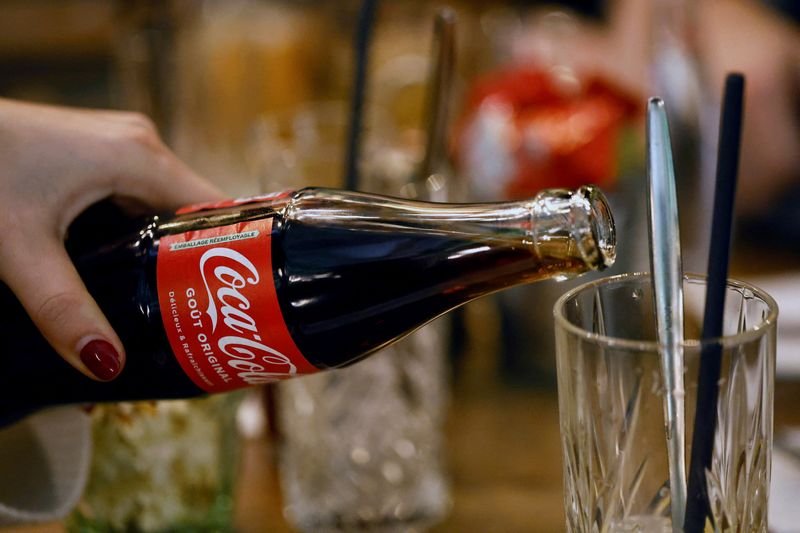Coca-Cola’s Transition to Real Cane Sugar in U.S. Products
Coca-Cola, a beverage giant known for its classic sodas, recently announced a significant change to its product formulations in the United States. The company will be switching to real cane sugar for many of its drinks, moving away from high fructose corn syrup (HFCS), a sweetener that has become prevalent in American food and beverage production.
The Shift to Cane Sugar
The decision to use real cane sugar is a nod to consumer preferences. Many individuals are becoming increasingly health-conscious and prefer natural ingredients over processed alternatives. This transition reflects Coca-Cola’s commitment to meeting the evolving tastes and desires of its customers. Cane sugar is often perceived as a healthier option compared to HFCS, which has been linked to various health issues.
Taste and Quality
One of the key reasons Coca-Cola is making this switch is the potential for enhanced flavor. Many consumers believe that beverages sweetened with cane sugar offer a more authentic and pleasant taste compared to those made with HFCS. Real cane sugar provides a distinct flavor profile that can enhance the overall drinking experience.
Health Considerations
Health trends play a significant role in Coca-Cola’s decision. As awareness around nutrition increases, consumers are seeking products that align with their values. Cane sugar is often viewed as a more natural sweetener, which appeals to those wanting to limit their intake of artificial ingredients. While traditional sugar still contains calories, many consumers are willing to make this trade-off for perceived quality and taste.
Environmental Impact
Switching to cane sugar also raises questions about the environmental practices involved in sourcing and production. Coca-Cola is expected to address these concerns by emphasizing sustainable sourcing methods. This transition not only aligns with consumer expectations but also positions the company as a responsible corporate citizen committed to more sustainable practices within the beverage industry.
Consumer Reactions
Initial reactions from consumers have been mixed but largely positive. Many fans of Coca-Cola’s products are excited about the return to cane sugar, recalling nostalgic flavors from the past. However, some health experts caution that simply switching to cane sugar does not equate to a healthier product overall. Therefore, while many consumers celebrate this move, others remain skeptical and emphasize the need for moderation in all sugary beverages.
Marketing Strategies
Coca-Cola is strategizing on how best to communicate this change to its audience. The narrative revolves around quality and authenticity, presenting cane sugar as a superior choice. Marketing campaigns will likely showcase the positive attributes of cane sugar, targeting health-conscious consumers and those looking to indulge in a more classic soda experience. The company’s branding efforts may focus on transparency, aiming to educate the public on the benefits of cane sugar and the reasons behind this shift.
Challenges Ahead
Despite the optimistic outlook, Coca-Cola faces challenges in implementing this change across all its product lines. Adjustments must be made to various formulas, and supply chain logistics must accommodate the new ingredient. Additionally, maintaining consistency in flavor and quality during this transition will be crucial. The beverage market is highly competitive, and consumers will be quick to judge any discrepancies in taste or quality.
Future Implications
The decision to use real cane sugar sets a precedent for the beverage industry as a whole. Other companies may follow suit, prompted by similar consumer demands for natural ingredients and better quality products. This shift could lead to a broader trend in reassessing sweeteners used not only in soft drinks but across various categories within the food industry.
Coca-Cola’s move is an acknowledgment of changing consumer trends, highlighting a growing desire for more authentic options. As the company navigates this transition, it will be interesting to see how the market responds and whether this shift impacts broader industry practices.
Conclusion
Coca-Cola’s transition to real cane sugar represents a significant evolution in response to consumer preferences and health trends. As more customers prioritize natural ingredients, this shift could pave the way for future innovations and set a new standard for taste quality in the beverage market. While challenges remain, the strategic focus on consumer desires signals a positive step toward aligning products with the values of today’s health-conscious society.
